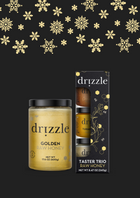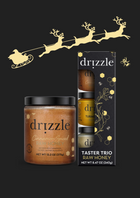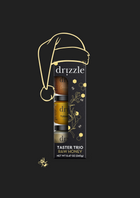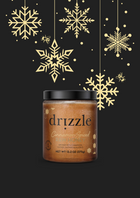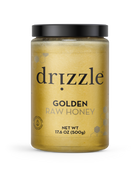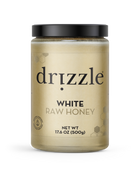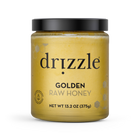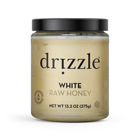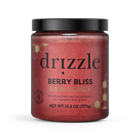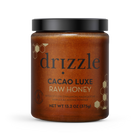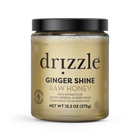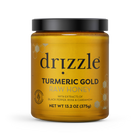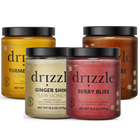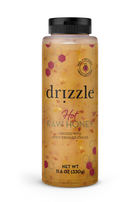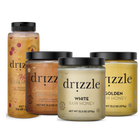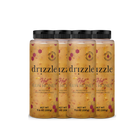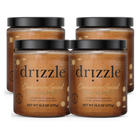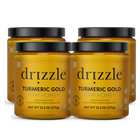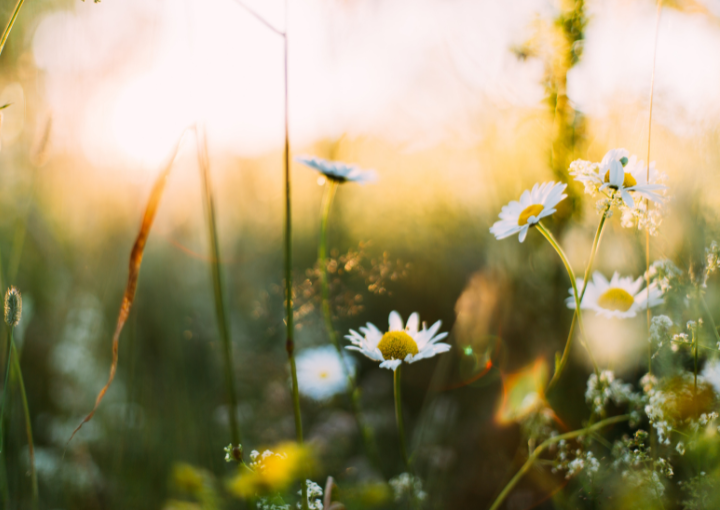Bringing a jar of Drizzle honey home to your table is a wonderful way to support responsible stewardship of Canadian honey bees. But if you're anything like us, you're always looking for ways to take your love for bees to the next level! Bees and other pollinators are responsible for pollinating roughly a third of the world's food crop supply, as well as keeping local wild ecosystems flourishing. Planting a bee-friendly garden is one of the easiest and most profound ways that you can contribute to the vitality of your community's wild plant and animal life.
Honey bees recently faced an alarming decline in population worldwide, as have many other pollinator populations like butterflies and other types of bees. There are around 800 species of bees in Canada, 30 of which are native to Alberta, and we’re committed to helping them thrive.
Every year we team up with Pollinator Partnership Canada to support the continued recovery of wild bee populations by donating from our online sales during pollinator week. We also have a number of other events throughout the year which contribute donations to help support their cause.
Pesticides
Before you dig your fingers into the dirt for your new bee-friendly garden, the most important thing to consider is the use of pesticides. Pesticides kill indiscriminately, and that means that they’re dangerous for bees, too. Planting a garden free from chemicals will keep everybody happy and healthy!

Planning your garden
Bees love areas that are sheltered from the wind and bathed in direct sunlight. They’re also big fans of large clusters of multicoloured flowers, especially when these flowers have a variety of heights. Before you finalize your garden plan, make sure that the species you’ve chosen can grow well next to one another. The Pollinator Partnership has fantastic regional guidebooks to help you design the perfect bee-friendly garden!
Plants
As we mentioned, each region across Canada supports different types of bee-friendly flowers. For example, Native Albertan plants that honeybees love include lupine, anemones, sunflowers, gaillardia, lemon mint, petunias, prairie crocuses, honeysuckle, and dogwood.
Other plants that thrive in Alberta include larkspur, marigolds, zinnias, dahlias, snapdragons, black-eyed Susans, violas, cosmos, lavender, elderberry, Jacob's ladder, clematis, honeysuckle, clematis, asters, hyacinths, and of course, bee balm!

Living with bees
Honeybees won’t sting you unless they feel threatened. Remember that bees, like many other animals, are very skilled at picking up on your state of mind! If you’re fearful of them, they’re likely to become fearful of you, too, which increases your chances of being stung. When you find yourself sharing space with a bee, make a conscious effort to relax and move slowly. If she’s curious about you, calmly let her check you out. If you maintain your composure, she’s much more likely to figure out you’re not a threat or a flower and fly away to continue her work.
If you’re not exactly in possession of a green thumb, never fear! You can still contribute to the health of local bee and pollinator populations by donating to the Pollinator Partnership, and of course, by only purchasing ethical, raw, 100% Canadian honey like Drizzle.
Happy gardening!

